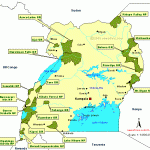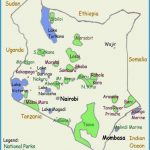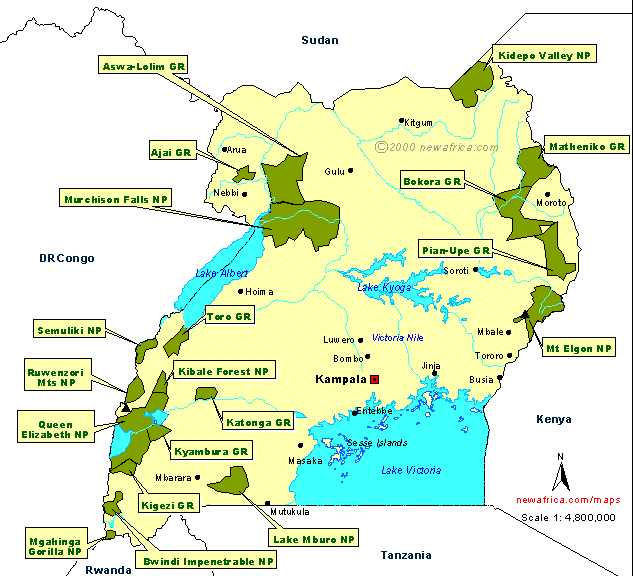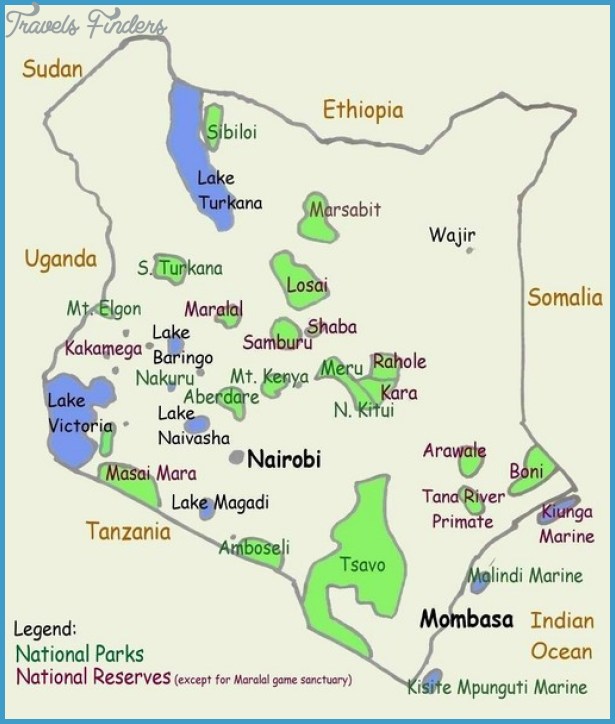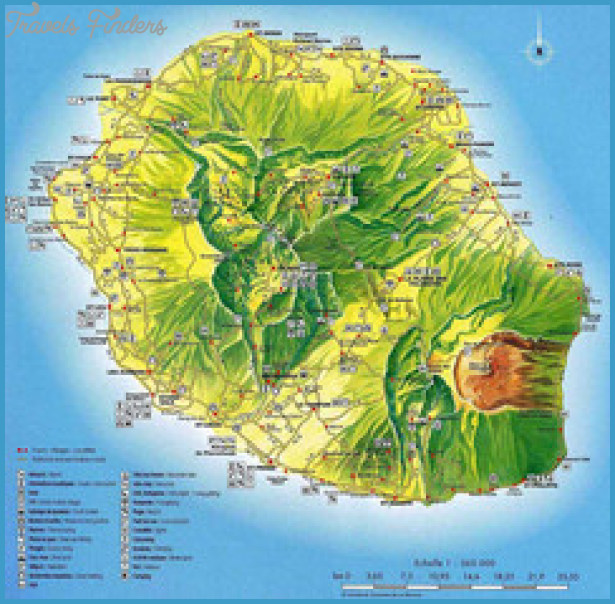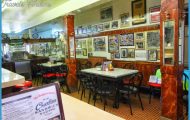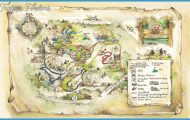Columbarium, Pere-Lachaise
Chapelles are small-scale mausoleums that can be seen throughout city cemeteries. The minimausoleums are great places to study architecture in diminutive form
Chapelle-style tomb, Pere-Lachaise
Exedrae
These monuments take the form of a U-shaped curve or rectangular bench. Sometimes there is not a seating area but merely the suggestion that there could be seating.
The ancient Greeks constructed public shelters known as stoa. In their simplest form, these structures consisted of a colonnade, walled on one side and roofed. At intervals along these shelters were recesses with seats carved into them The seating areas were known as exedrae, the Greek word for out of a seat. These structures were frequently used in gymnasiums and public squares. Curved exedrae in public squares were favorite gathering spots for philosophers and teachers since their students could gather around the conveniently placed seats. In private homes and gardens, exedrae were also used for entertaining and seating guests.
When designing exedrae, architects used semicircular, rectangular and straight forms. Typically, a statue or architectural feature with the family name is at the center of the exedra and bench seats are on either side, although there are some examples that are simply a bench or have a statue off to the side. The heyday of the exedra was from the late nineteenth century until the 1920s. They are still popular today, but are usually used in public areas rather than as monuments for individuals or families.
Besides mausoleums, the most abundant forms of architecture in the cemetery are the various interpretations of one of the oldest funerary monumentsthe sarcophagus. The word sarcophagus is derived from combining the Greek words sarco (flesh) andphagus (eater), literally a flesh eater, since the earliest types of these burial vessels, according to ancient scholars Theophrastus and Pliny, were made out of Assius stone from Assos in Asia Minor. Because of its caustic properties, this stone reduced the body to bone in a matter of weeks. In reality, most ancient sarcophagi were used to preserve bodies rather than dissolve them, but the term stuck.
In its simplest and most utilitarian form, the sarcophagus is a container for the body, but unlike a coffin or casket, it is designed to (more or less) last for eternity. It is rare to find a sarcophagus in a cemetery that actually contains a body, because most are ornamental; the body is usually buried in a vault beneath the sarcophagus. Whether the sarcophagus contains a body or not, it looks like it could contain a body. Much of what is included in the broad description of sarcophagi has actually evolved into other forms, and sometimes it’s hard to say where the line is between a sarcophagus and an ornamental tomb.
The wheel lock operated essentially like a modern cigarette lighter: a spark is created by having a wheel spin against a piece of pyrite (flint). Kenya Map Tourist Attractions Long Beach Map This simplicity in firing was duplicated in the loading and firing. To load, a wheel is wound against a spring. Then, a charge is loaded into the barrel (as in any muzzle loader), the pan is filled with priming powder, and the frizzen, or hammer, is closed. The weapon is now ready to fire by pulling the trigger. When the trigger is pulled, the spring action begins turning the wheel, and a shower of sparks is produced, igniting the priming powder. Since early accounts seldom provided specific information as to exactly which type of weapon ignition system was being used, we cannot be certain whether a wheel lock or matchlock was in use. To further complicate matters, the term firelock was applied equally to both of these weapons, as well as to the musket that replaced them, the flintlock.

